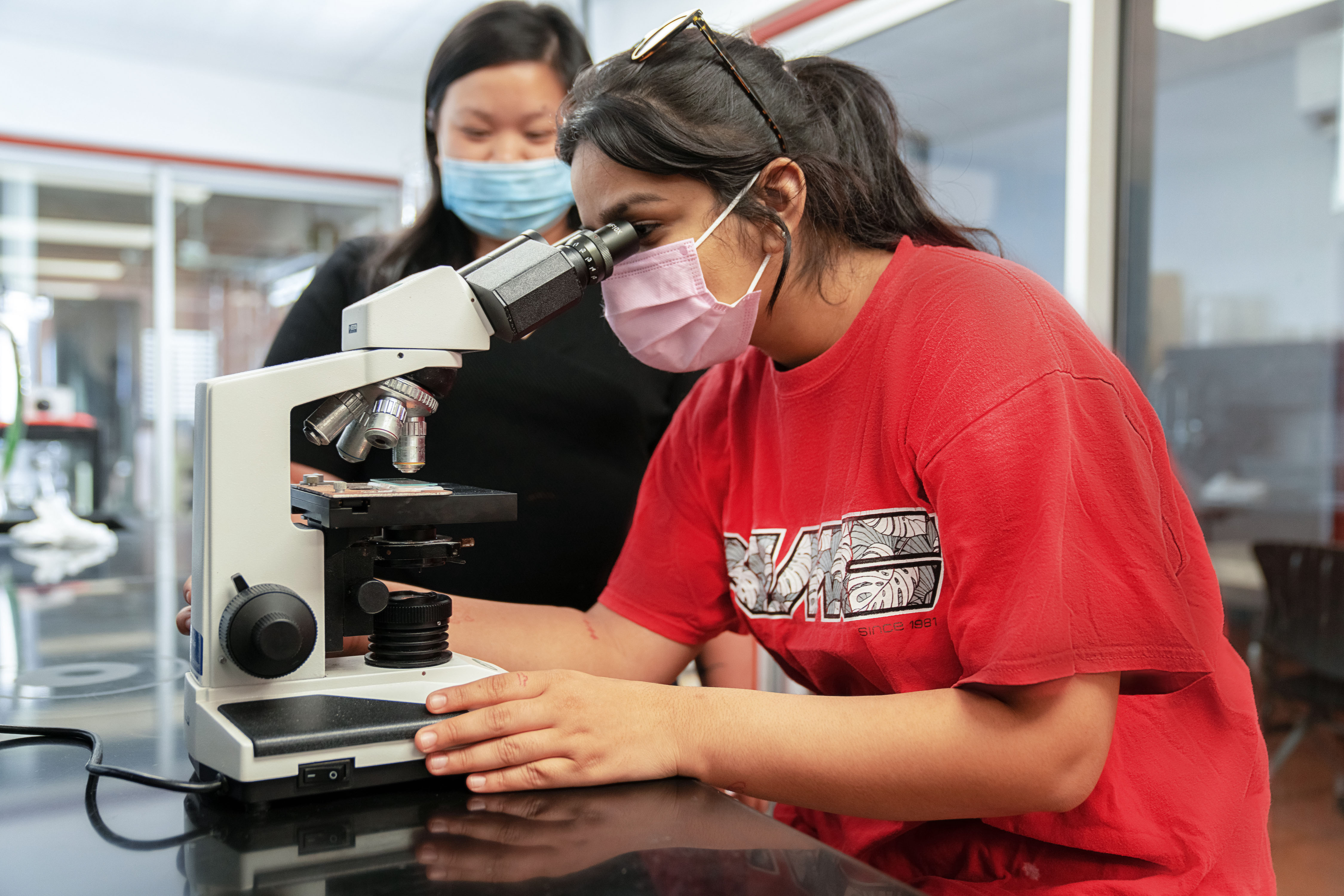Northern Marianas College’s Cooperative Research, Extension, and Education Services was recently awarded a $197,690 two-year grant to train personnel to improve Forktail Rabbitfish production in the CNMI and the Micronesian region.
This project will improve the supply of Rabbitfish fingerlings to farmers in the CNMI, Guam, Palau, and the Marshall Islands. Consistent fingerling supply will allow farmers to plan their crops and invest their financial resources into Rabbitfish farming. Fish farming is the fastest growing food production sector in the world with growth rates of 8% annually.
Aside from local, wild caught fish, the CNMI imports farmed fish like Tilapia, Milkfish, and shrimp. Farming fish and other cultured seafood will help reduce importation, secure the food supply, and help the CNMI’s economy through economic diversification, job creation, and reduce currency outflow.
The project, which is led by NMC CREES Aquaculture and Natural Resources Program Leader Michael Ogo, in partnership with the Oceanic Institute, focuses on the transfer of knowledge and technology on intensive copepod culture, broodstock management, and marine finfish larval through the NMC CREES Aquaculture and Natural Resources program.
“The award of this project to NMC CREES speaks to how far the Aquaculture & Natural Resources Program has come where the regional aquaculture center in Hawaii is placing enough confidence in the program to provide training to aquaculture practitioners in the region.” stated Ogo.

A work-study student at Northern Marianas College looks through a microscope at the NMC Cooperative Research, Extension, and Education Services Aquaculture and Natural Resources Lab. NMC-CREES was awarded close to $200K to be an Aquaculture Regional Training Hub in the Micronesian region.
The Center for Tropical and Subtropical Aquaculture at the University of Hawaii at Manoa is the funder for this grant. CTSA saw a bottleneck in the supply of Rabbitfish juveniles to regional farmers, prompting immediate action to address this issue to immediately expand the production of Rabbitfish within the Micronesian region.
It was NMC-CREES’ Aquaculture and Natural Resources program that first discovered that in order to solve the supply issue, copepods are to be used as a first “live feed” for Rabbitfish larvae.
Copepods are small crustaceans that can be found in fresh or saltwater habitats.
“This is a great feat for NMC and the CNMI/Micronesian region,” NMC Interim President Frankie Eliptico said.
Upon completion of the project in 2023, NMC-CREES hopes to have improved Rabbitfish broodstock management, as well as an increase of available Rabbitfish juveniles available to individuals looking to farm Rabbitfish.
“We look forward to continuing to build local and regional capacity in aquaculture as we focus on ways to increase local food security while diversifying economic activity,” Interim Dean of CREES Patricia Coleman said.

